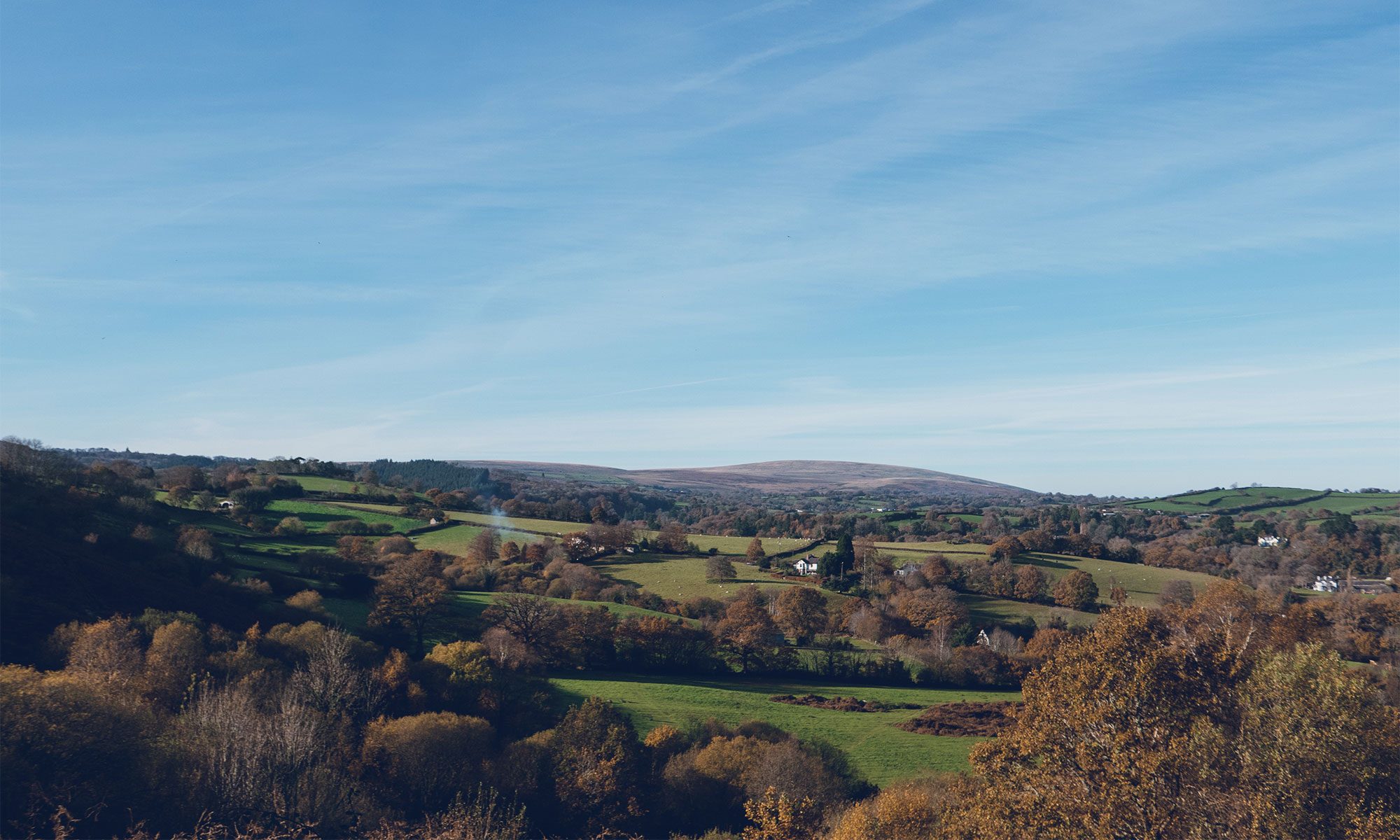What do I see?

We all use metaphors all the time, often unconsciously. They are universal, an indirect yet powerful channel for reframing experience or introducing unusual or unexpected perspectives.
Much of my work is about making connections, bringing awareness to patterns in multi-layered relationships that may not be immediately apparent, or are easy to overlook. When a deeper exploration of ‘truths’ that lie below the surface of the everyday is called for, I find myself, without thinking, reaching for metaphors.
Why metaphor? Perhaps it’s because they connect, carry ideas from one place to another, making complex ideas that are difficult to explain more tangible and understandable. Friedrich Kekule’s snake biting its own tail for the ring-like structure of the benzene molecule; Darwin’s branching tree making sense of evolution; James’s powerful image of a stream to convey the fluid, continuous nature of consciousness; or Einstein’s thought experiments with trains and mirrors to develop his theory of relativity. These all link what is known with what is unfamiliar or intangible. Beyond this there is something visceral about metaphor, something deeply felt that includes yet moves beyond mere reason and thought.
On a more prosaic note, paying attention to the metaphors we habitually use sheds light on our thinking. Years ago, I worked with a man who constantly used war metaphors; relationships were a minefield, work was a war zone, he was under fire, besieged, caught in the crossfire, in no man’s land and unsurprisingly longed for a truce. His images revealed an unsustainable personal and professional situation. Once he noticed he began to play with metaphors, using them to meet obstacles in new ways and access previously overlooked resources. For him, metaphor exposed ingrained ways of thinking, helped shift perspectives, and revealed solutions that might not otherwise have been considered.
Can metaphors have wider political implications? I think so. The ways I describe the nature of our roots as a species, what it means to be human, what is happening now and what lies ahead for future generations – both human and other than human – all this has the power to shape my actions. Whether I realise it or not.
Yesterday the conference proper got underway. From the podium I heard talk of burdens, doomsday clocks, ticking bombs, and grave digging. I found the James Bond analogy particularly disheartening. The vision of the lone (male) hero saving the day is the opposite of collaborative, humble work that values, listens and seeks to understand others. These latter qualities were present in some of the speeches and I believe they will be needed if any meaningful agreement is to be reached.
Today, I want to notice the metaphors I use in relation to climate change and the work going on at COP26. What assumptions, what ‘ruts in the road’ will I find? I wonder, how can I play with, and choose interesting, bold, generative pathways?

